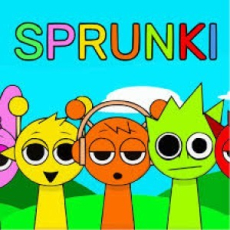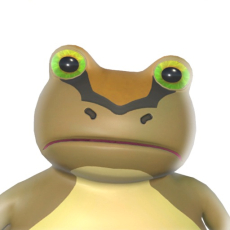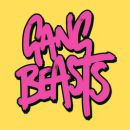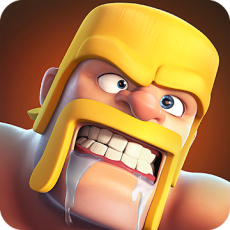The Infinite Canvas: Exploring the Artistry Behind Minecraft's Design
2025-01-13
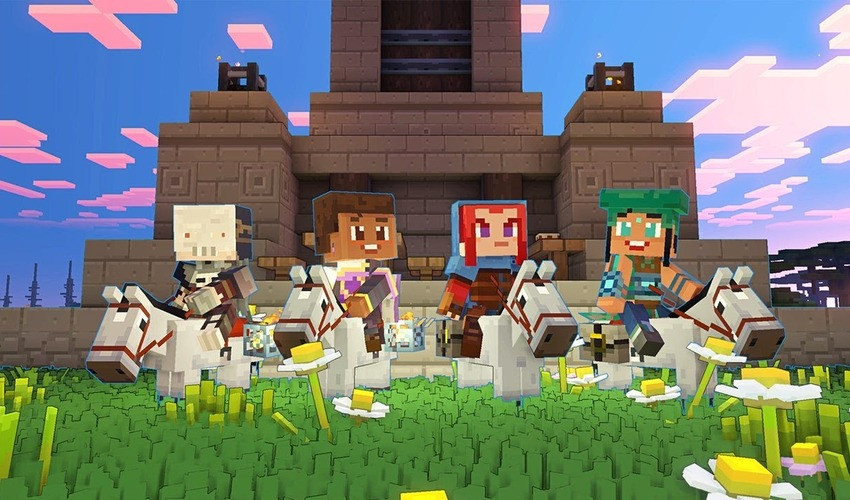
At the heart of the digital entertainment revolution, a game emerged that transcended the traditional boundaries of gameplay, creativity, and player engagement. This game, known as Minecraft, has become a cornerstone in the gaming community, celebrated for its simplistic design yet boundless opportunities for creativity. The craft of game design finds its epitome in Minecraft's endless possibilities, where players are not just consumers but creators, architects, and storytellers. This article delves into the design principles and player freedom that catapulted Minecraft to global sensation status, exploring how simplicity in design can foster an environment of endless creativity and why Minecraft continues to hold a significant place in the gaming community.
Within the video game landscape, Minecraft stands out prominently for its deep embrace of imagination and discovery. Released by Mojang in 2011, it swiftly rose to prominence, not through high-definition graphics or complex narratives, but through an unparalleled freedom of play and expression. At its core, Minecraft is a sandbox game, offering a digital canvas where players can create, explore, and live out adventures limited only by their imagination. This piece seeks to reveal the design methodologies that have propelled Minecraft to iconic status, focusing on how its crafting system has endeared it to players as an epicenter of imaginative freedom.
The Philosophy of Simplicity
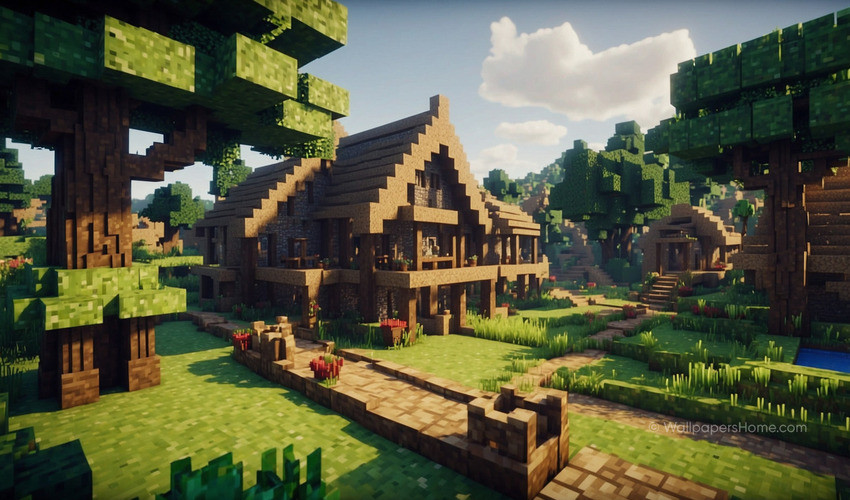
One of the foundational elements of Minecraft's success is its simplicity. The game features blocky, pixelated graphics that, while seemingly rudimentary, provide a distinctive aesthetic appeal. This visual simplicity is not just a design choice but a philosophical stance. It suggests that games do not need cutting-edge graphics to be engaging, as long as they offer meaningful and enjoyable experiences. Minecraft's straightforward design extends to its gameplay mechanics. Players are thrust into a world with no specified goals, free to mine, build, and explore at their will. This simplicity in design and objective lays the groundwork for creativity, making the game accessible to a wide audience and easy to start yet challenging to master.
Design Principles: Empowering Player Creativity
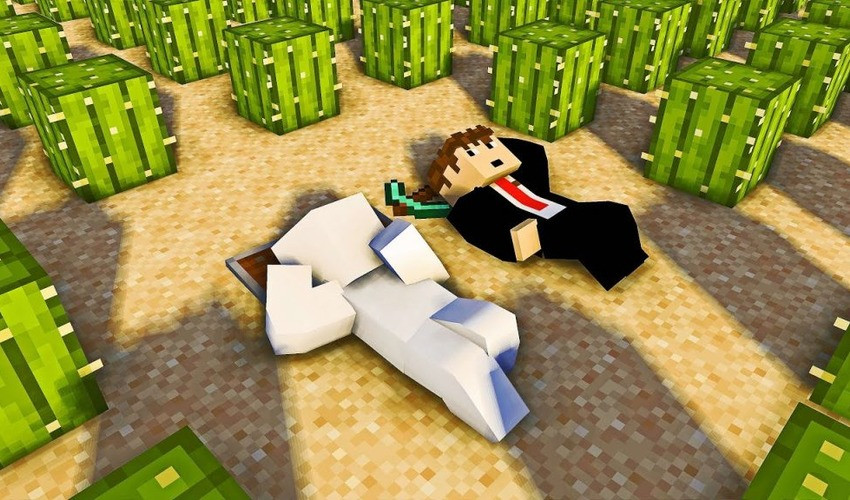
Minecraft's design is built on principles that empower player creativity and freedom. The game leverages a few key concepts:
- Unlimited Resources: Minecraft's world is procedurally generated, offering an endless supply of materials and landscapes for players to utilize and transform. This abundance ensures that players are limited only by their imagination.
- Modifiable Environment: Almost every aspect of the Minecraft world can be altered, destroyed, or created anew. This level of control is central to the game's appeal, providing a sense of ownership and personalization over the game world.
- Open-ended Goals: Without a defined narrative or objectives, players set their own goals, whether it's constructing elaborate structures, surviving against mobs, or creating complex machinery. This open-endedness encourages experimentation and self-directed play.
These principles coalesce to create an environment where players feel empowered to craft their narratives, structures, and experiences, fostering a deeply personal connection to the game.
The Role of Community and Collaboration
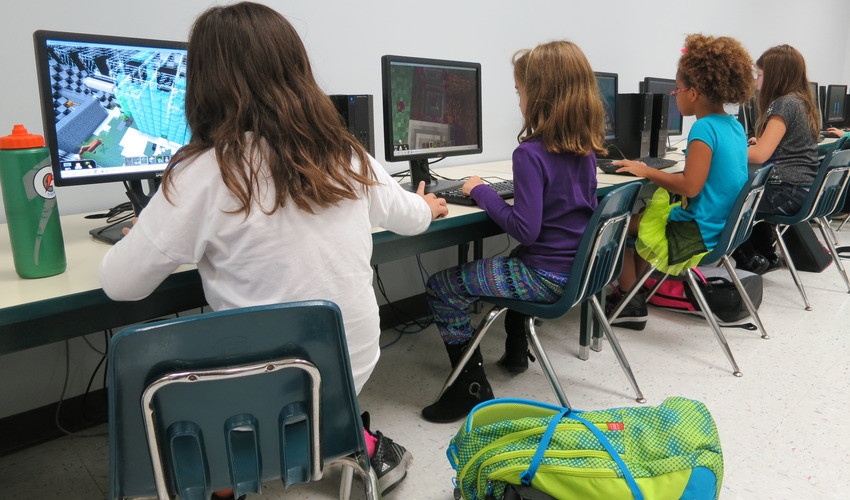
An integral aspect of Minecraft's enduring relevance is its vibrant community. The game has spawned a massive online presence, with forums, social media groups, and YouTube channels dedicated to sharing creations, strategies, and stories. This community aspect amplifies the game's creative potential, as players collaborate on projects, participate in servers with custom rulesets, and share modifications (mods) that add new features or challenges. The game's design implicitly encourages collaboration and learning, as players seek inspiration and assistance from their peers, further enhancing the depth and diversity of the Minecraft experience.
Evolution Through Updates and Mods
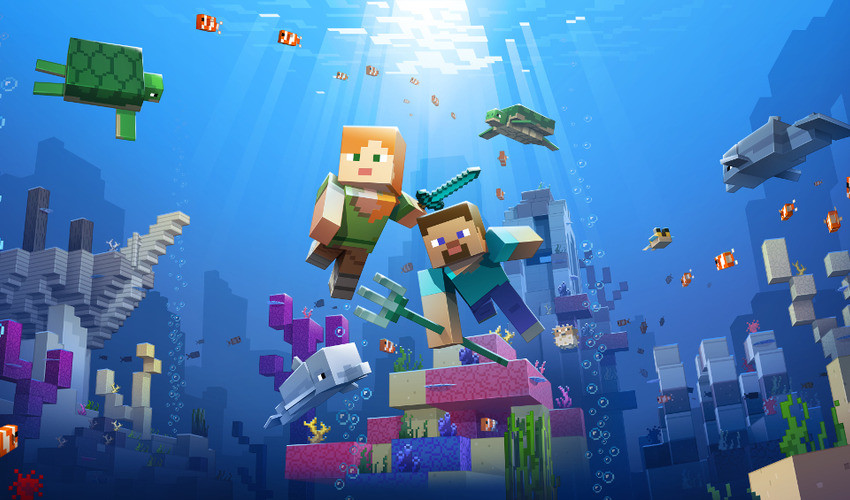
Minecraft's design philosophy extends to its development process. Regular updates introduce new materials, mechanics, and challenges, keeping the gameplay fresh and engaging. These updates often reflect the desires and feedback of the community, demonstrating Mojang's commitment to growing the game alongside its players. Furthermore, the modding community has played a pivotal role in Minecraft's evolution, creating content that ranges from simple aesthetic modifications to complete overhauls of the game's mechanics. This symbiotic relationship between developers and the community ensures that Minecraft remains dynamic and reflective of its players' creativity.
Conclusion
Minecraft stands as a testament to the power of simplicity in game design, proving that a game does not need complex graphics or narratives to be engaging. Instead, by empowering players with creative freedom, offering a modifiable environment, and fostering a collaborative community, Minecraft has created a unique and enduring space in the world of video games. Its legacy is not just in the millions of copies sold but in the countless stories, creations, and experiences it has inspired among its players. As we continue to witness the evolution of Minecraft, it remains a shining example of how the craft of game design can transcend traditional gaming conventions, inviting players into a world where their creativity knows no bounds.



